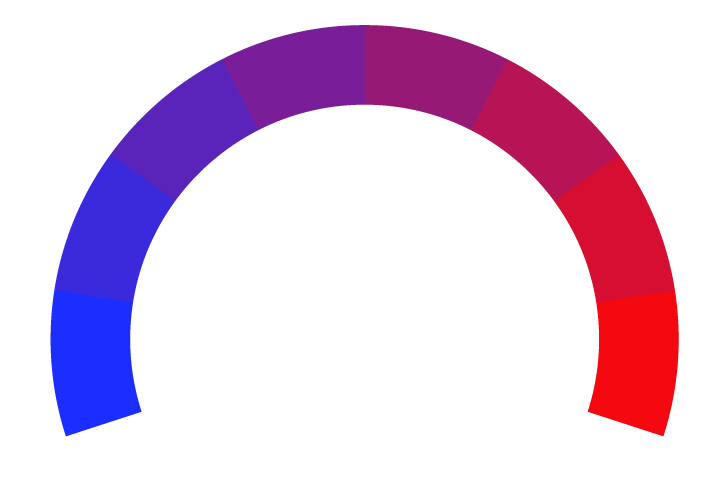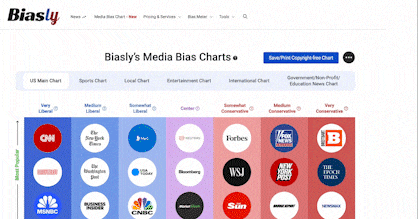Bucks County schools rely on local taxes more than most in PA. Why these costs are rising.
- Bias Rating
-26% Somewhat Liberal
- Reliability
75% ReliableGood
- Policy Leaning
-26% Somewhat Liberal
- Politician Portrayal
N/A
Continue For Free
Create your free account to see the in-depth bias analytics and more.
Continue
Continue
By creating an account, you agree to our Terms and Privacy Policy, and subscribe to email updates. Already a member: Log inBias Score Analysis
The A.I. bias rating includes policy and politician portrayal leanings based on the author’s tone found in the article using machine learning. Bias scores are on a scale of -100% to 100% with higher negative scores being more liberal and higher positive scores being more conservative, and 0% being neutral.
Sentiments
25% Positive
- Liberal
- Conservative
| Sentence | Sentiment | Bias |
|---|---|---|
Unlock this feature by upgrading to the Pro plan. | ||
Reliability Score Analysis
Policy Leaning Analysis
Politician Portrayal Analysis
Bias Meter
Extremely
Liberal
Very
Liberal
Moderately
Liberal
Somewhat Liberal
Center
Somewhat Conservative
Moderately
Conservative
Very
Conservative
Extremely
Conservative
-100%
Liberal
100%
Conservative

Contributing sentiments towards policy:
56% : Through Act 35 of 2016, known as the Pennsylvania Fair Funding Formula, the state developed a student-weighted education funding formula for basic education funding.54% : Even with that formula, state and federal funding is often not quite an equal partner with local school districts to help provide a quality education.
54% : Suburban schools tend to rely more on local revenues Urban and rural school districts tend to see a larger portion of their budget revenues from state and federal funding compared to suburban districts, according to the most recent financial data available from the state.
53% : Approximately 73% of school administrators surveyed as part of the Pennsylvania School Board Association study cite local property tax increases as a likely action to combat increasing budget pressures.
52% : Public school districts across Pennsylvania face a growing reliance on state and federal relief to cover mandated costs such as pensions, special education and charter school tuition.
51% : While those mandated expenses are supposed to be offset by federal and state funding, those resources haven't kept up with costs even after "significant increases" in basic education revenue from state budgets.
47% : More than $19 billion of the more than $36.6 billion in revenues reported in the 2022-2023 school year from 500 public school districts came from local tax revenue compared to $13.6 billion in state revenue and $2.4 in federal funding.
*Our bias meter rating uses data science including sentiment analysis, machine learning and our proprietary algorithm for determining biases in news articles. Bias scores are on a scale of -100% to 100% with higher negative scores being more liberal and higher positive scores being more conservative, and 0% being neutral. The rating is an independent analysis and is not affiliated nor sponsored by the news source or any other organization.
























